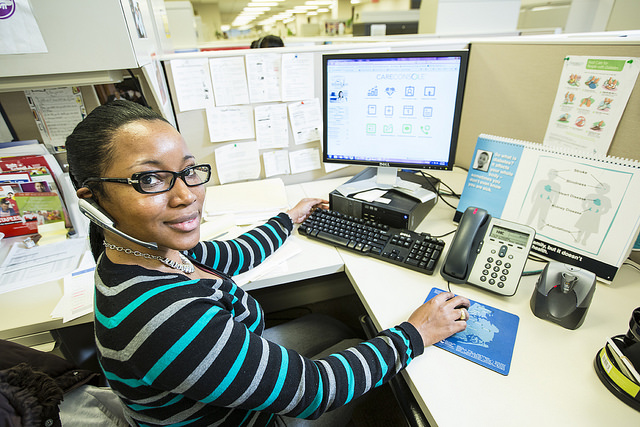As a modern health service, many hospitals have the benefits of telehealth. Telehealth is considered capable of being one of the easy and fast accesses to get health services. There are several things that underlie the use of telehealth technology in a hospital. A hospital or provider generally will avoid using unfavorable health innovations, both material and nonmaterial. Here are some hospital reasons to use telehealth
1. Increase the number of patients
Convenience is the main element offered by this technology and people love it. Every human being would want to be able to carry out various activities quickly and easily, including in terms of medical services. The convenience offered by the technology will certainly attract more patients. It means that hospitals or providers will get more income and this is good for the development of a hospital or provider.
2. Speed up medical treatment
Some fatal cases experienced by patients are caused by the slow medical treatment they get. Telehealth enables hospitals and providers to provide medical services faster. Patients can contact providers whenever they want and get a response right away. This is important to increase the expectations of a patient.
3. Winning competition
Everyone certainly wants to do everything easily and quickly, including in terms of health services. The use of Telehealth by a hospital/provider will increase their competitiveness against its competitors. Telehealth is made to fulfill the patient’s desire for health services that they can access anytime and anywhere. They don’t need to leave the house just to get drugs or do checks, all can be done over their phones. Telehealth has been shown to increase the number of patient visits.
4. Facilitate the storage of patient medical records
During this time the hospital stores patient data in file storage or computer; Cloud is a data storage system that has not been widely used by hospitals. In fact, the cloud is the safest file storage media at the moment. Telehealth enables providers to store patient medical records and synchronize with the latest conditions to provide the best diagnosis suggestion. Existing data can also be seen by the patients so that it can increase transparency and patient trust in providers.
5. Improve the accuracy of diagnosis
Telehealth is equipped with a unique system that can match patient data stored on the Cloud and use it automatically to improve the accuracy of diagnosis. This system can only be used by patients who have special sensor devices. The sensor device is used to determine the various vital status of the patient. In certain symptoms associated with minor ailments, providers are allowed to diagnose patients without the sensor devices.
6. Increase cooperation with smaller providers in rural areas
The essence of the existence of a hospital is to provide integrated health services. However, each hospital has its own strengths and weaknesses so it requires another hospital to maximize health care for patients. Some cases show that smaller hospitals often experience problems when they have to provide first aid for symptoms of a particular disease and this often results in late medical treatment or misdiagnosis. Telehealth allows the smaller provider to request assistance from other providers in providing appropriate medical treatment to patients before being referred to a larger hospital. This is important for increasing treatment success for patients.


